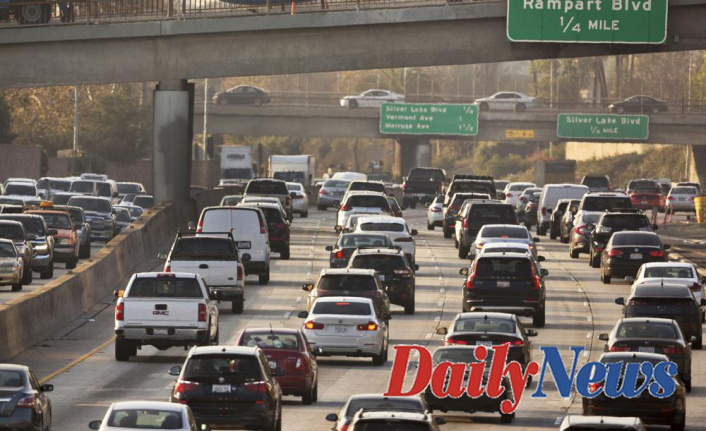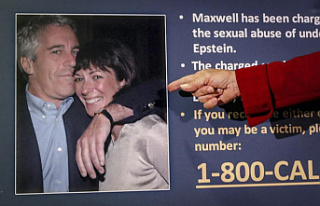This is an increase from 28 mpg under previous regulations. These new federal rules were unveiled Friday. They reverse a rollback of standards made under President Donald Trump.
According to the National Highway Traffic Safety Administration, the new fuel economy requirements are among the most stringent and effective in the history of the industry. They will decrease gasoline consumption by more that 220 billion gallons during the vehicle's lifetime, as compared to the Trump standards.
They are expected to reduce carbon dioxide emissions, but not as much that some environmentalists desire, and increase vehicle prices in an already stressed industry with high inflation and supply chain problems.
Trump's standards require that new cars get less than 28 MPG in real-world driving for the current model year. These new standards increase gas mileage by 8% each year in model years 2024-2025, and 10% for 2026.
NHTSA is the Transportation Secretary Pete Buttigieg's department. He stated that the rules will also help to strengthen national security and make the country less dependent upon foreign oil. The average price of gasoline has risen to $4.22 per gallon in the United States. This spike was largely due to Russia, which is a major oil producer. In late February, invaded Ukraine. According to AAA, it cost $2.88 per gallon a year ago.
The rise in gas prices has also contributed to fuel inflation reaching a 40-year high. This has impacted household budgets and lowered President Joe Biden’s approval ratings.
Buttigieg stated that transportation is second in cost to American families after housing. He said that the new standards will keep the U.S. safer and allow the country to plan its future without being bound by other countries or the decisions made in the boardrooms at energy companies.
Auto dealers claim that stricter requirements can drive up prices and force people to leave an expensive market for new cars. NHTSA predicts that new rules will increase the cost of a new vehicle by $1,087 in 2029 model years.
Trump's administration relaxed fuel economy standards and allowed them to rise 1.5% annually. Environmental groups claimed that this was not enough to reduce planet-warming greenhouse gases that fuel climate change. The standards were previously increasing by 5% per annum.
However, the new standards will not immediately match those that President Barack Obama adopted in 2025. Officials at NHTSA said that they will match the Obama standards by 2025, and slightly exceed them for 2026.
The Obama-era standards automatically adjust for changes in vehicle types. They were adopted in 2012. 51% of new vehicle sales consisted of cars, and 49% were SUVs or trucks. Last year, 77% were SUVs or trucks. These vehicles are generally less efficient than cars.
Some environmental groups feel that the NHTSA's new requirements under Biden are not sufficient to combat global warming. Other groups supported the new standards, with the American Lung Association calling on stronger standards to drive vehicles that emit zero emissions by 2035.
"Climate Change has gotten worse but these rules only require automobilemakers to reduce gas consumption slightly more than they had agreed to nine years ago," stated Dan Becker, director at the Center for Biological Diversity's Safe Climate Transport Center.
Officials stated that owners will save approximately $1,400 on gasoline over the life of their 2029 model year vehicle under the new standards. According to the NHTSA, carbon dioxide emissions will drop by 2.5 billion tonnes by 2050 due to the new standards.
Automobile manufacturers are spending billions of dollars to create and build electric cars, but they believe government support is necessary to encourage people to purchase them. To reduce the cost of electric vehicles, they want tax credits from the government. They also want more money to pay for EV charging stations. This will help ease fears about running out of juice.
John Bozzella is the CEO of Alliance for Automotive Innovation. This large industry trade group said that increased regulation will require support from government policies. He stated in a statement that regulators should take into account safety, consumer preferences, fuel economy, and the transition to electric cars.
The NHTSA sets fuel economy standards, while the Environmental Protection Agency establishes limits for greenhouse gas emissions. Officials at NHTSA said that their requirements are similar to those adopted by the EPA in December. This means that automakers do not have to follow two rules.












